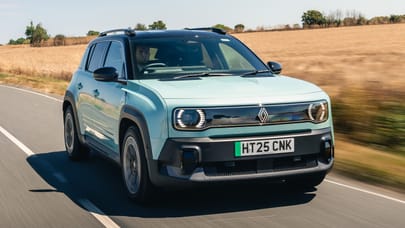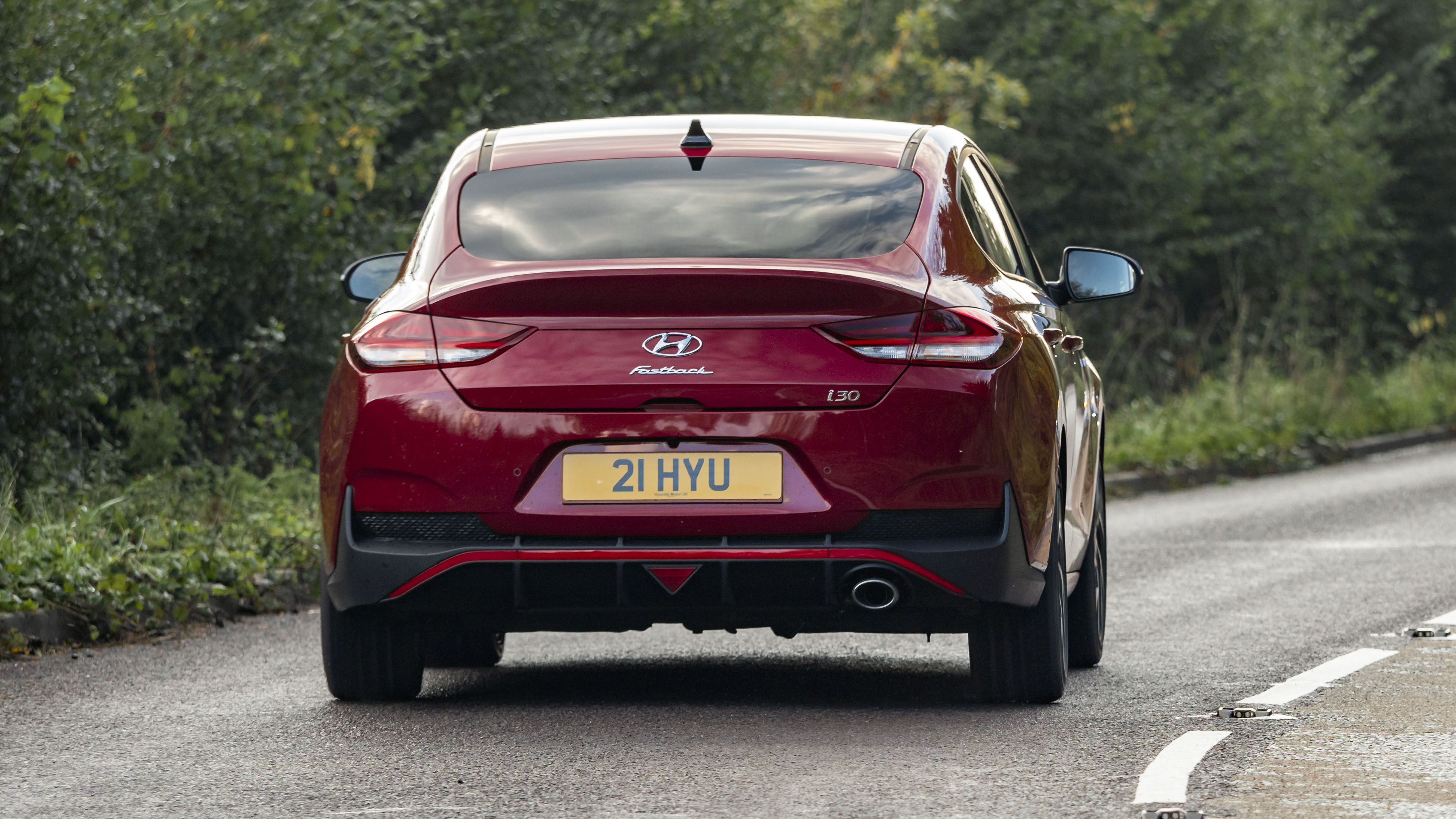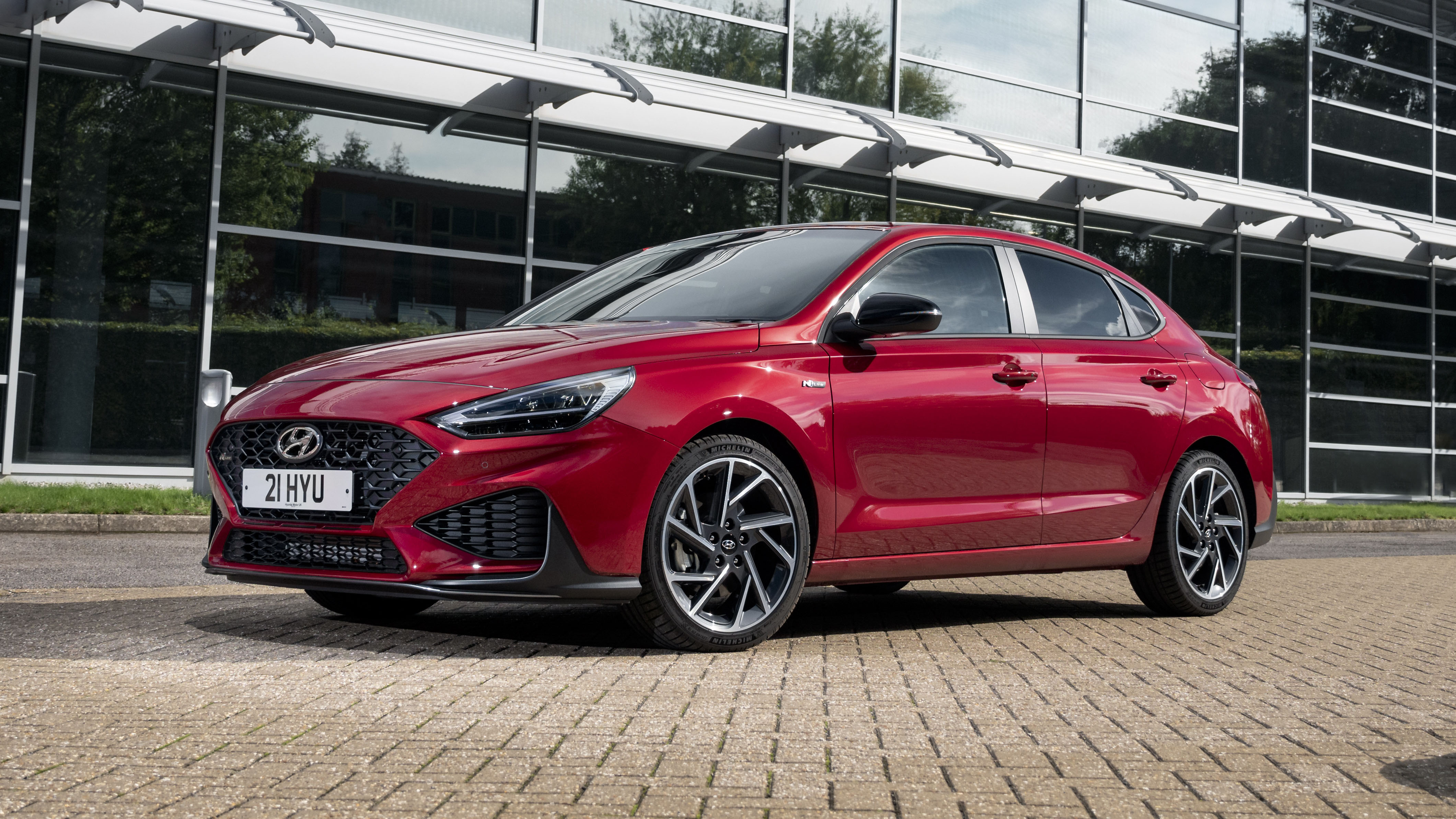
Interior
What is it like on the inside?
Coupe-ifying a car normally involves compromising on passenger and/or cargo space. While the i30 Fastback’s boot is a less useful shape than the hatchback’s and the load-lip feels higher, in pure storage terms it’s actually a bit bigger – 395-litres in the hatch (with the seats up) plays 450-litres in the Fastback. There is no difference with the rear seats folded.
On the subject of the rear seats – despite the sleeker roofline there’s still just about enough headroom back there. Could do with a bit more knee room though – I’m 6ft and would struggle to sit behind someone of my height for any length of time, with my knees hard-up against the back of the front seat. The hard plastic seat-backs don’t help matters.
One thing that is compromised by the roofline is rearward visibility – the view out of the slimline rear window isn’t great, and there’s no wiper to keep it clean.
Up front it’s the same as the i30 hatchback and Tourer. The most recent facelift adds more modern touchscreen infotainment, which looks great and is easy enough to use, and in Hyundai’s words “more refined and modern air vents”. Hmm. It’s all well laid-out and straightforward to use. Happily the infotainment screen just does media and nav – the air-con has separate, physical controls.
The instrument cluster is a 7-inch display flanked by a conventional rev counter and fuel/temp gauge. Flick through it using buttons on the steering wheel. It’s fine, but feels a bit old-tech alongside the Focus/Golf’s screens. Same can be said for the interior as a whole - looks a bit last-gen.
The N-Line’s seats are comfy – extendable thigh support is a nice touch – and the driving position is good. Materials feel solid enough but look a bit cheap in places.
Featured

Trending this week
- Car Review
BMW 1 Series
- Top Gear's Top 9
Nine dreadful bits of 'homeware' made by carmakers






